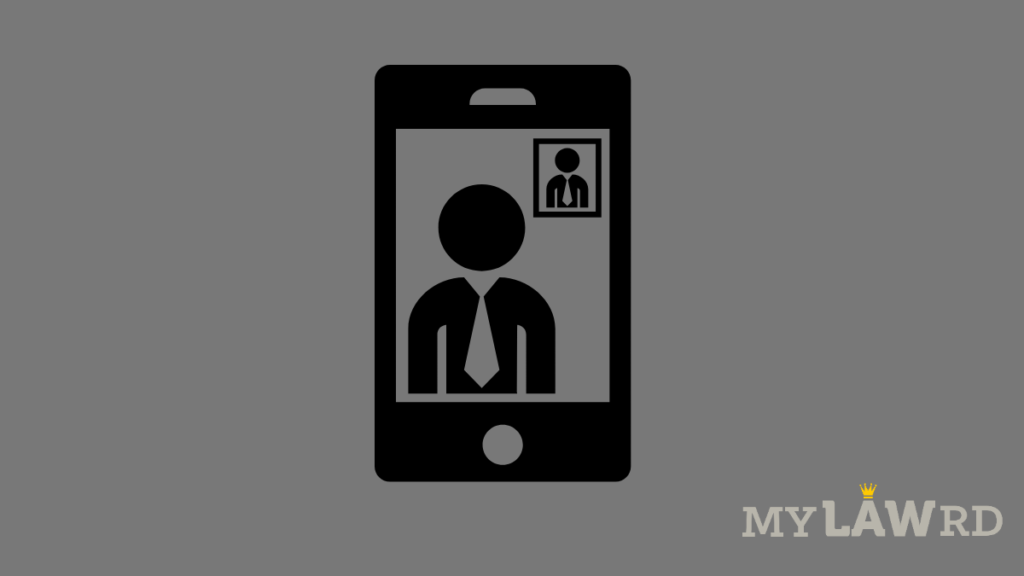Customers looking to open a savings bank account with the State Bank of India need not visit a bank branch anymore! The SBI has launched video based KYC feature on its YONO mobile banking application.
The artificial intelligence & facial recognition enabled process is a contactless and paperless process. Speaking about the decision, SBI Chairman Dinesh Khara said:
“It gives us immense pleasure to announce the launch of online Savings Bank account opening facility which is very much necessary in the current pandemic situation. This is a step ahead to ensure customers’ safety, financial security, and cost-effectiveness.”
He further added that the initiative will add a new dimension to mobile banking. It will empower customers to go digital for their banking needs.
“This development is a yet another proof of our commitment to a digital India.”
Video KYC Solution
KYC is “know your client”. It is basically a unique number that the Central KYC Records Registry assigns to a customer. The Reserve Bank of India had amended KYC norms to allow banks and other lending institutions to use video based customer identification process (V-CIP) last year. It amended the Master Direction on KYC to include key terms such as “Digital KYC”, “Equivalent e-document”, and also altered customer due diligence rules.
A digital KYC process must capture a live photograph of the customer and officially valid document or the proof of possession of Aadhaar. It must also record the latitude and longitude of the location where such live photo is being taken.
However, the move was subsequent to an amendment in the money laundering rules. In 2019, the government had also notified amendments to the Prevention of Money-laundering (maintenance of Records) Rules, 2005. The amendment allowed investment platforms, telecom companies, and lenders can acquire details of the customer digitally before allowing them on their platforms.
The ideal Video KYC Process
The following steps must be followed for a valid video KYC process:
- Customers need to register on the website or mobile application of the entity.
- The customer schedules a data and time for the KYC process.
- An official from the entity initiates the video KYC process by inviting the customer to a video call.
- The official verifies customer’s Aadhaar card through Aadhaar authentication, and then PAN card through capturing its image.
- A geo-tagging software verifies the real time location of the customer using a geo-tagging software.
- The official matches the customer’s image as captured on video with the image in the PAN card using facial matching capabilities.
- The official uploads image proof of identity and address to the platform for digital identification. The entity informs the customer when the process is complete.
You can read the Master Directions here.
Do subscribe to our Telegram channelfor more resources and discussions on technology law and news. To receive weekly updates, and a massive monthly roundup, don’t forget to subscribe to our Newsletter.
You can also follow us on Instagram, Facebook, LinkedIn, and Twitter for frequent updates and news flashes about #technologylaw.

